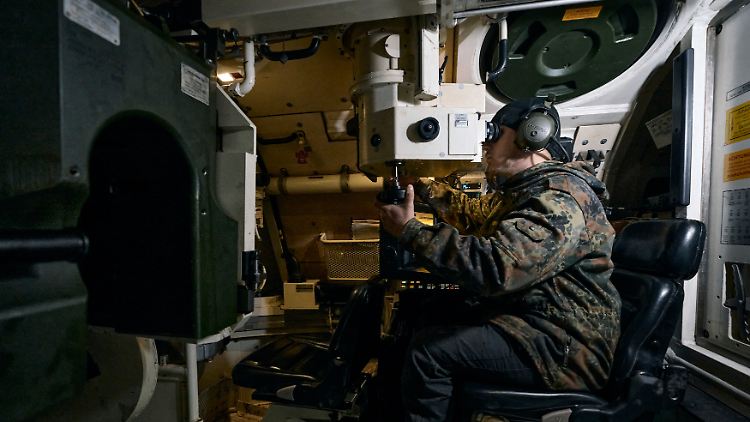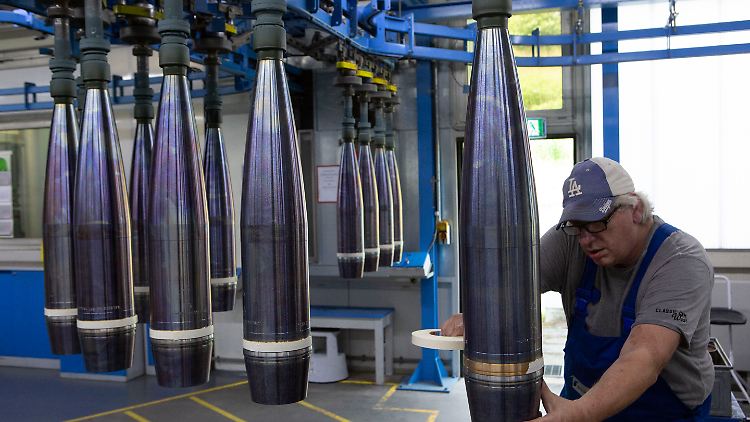Forest Hideout and Meadow Attack
This is how the Panzerhaubitze 2000 fights near Bachmut
06/18/2023 2:34 p.m
In the fight against Russia, western allies are supporting the Ukraine with the Panzerhaubitze 2000, among other things. They often only get destination coordinates over the phone.
A few weeks ago, Russian troops took over the eastern Ukrainian city of Bakhmut, which had been heavily fought over for months. But the fighting continued north and south of Bachmut – so fiercely that even military equipment supplied by the West, such as the German Panzerhaubitze 2000, was being pushed to the limit.
In the forests and fields near Bakhmut, Ukrainian infantry brigades supported by heavy artillery are slowly but steadily advancing these days. The 43rd Artillery Brigade of the Ukrainian Army is armed with German Panzerhaubitz 2000. The guns, built by German defense contractors Krauss-Maffei Wegmann (KMW) and Rheinmetall, fire more accurately at long range than the Soviet-era war machines previously deployed in Ukraine.
Impacts from shrapnel
Overall, Ukraine has received fewer than 30 Panzerhaubitz 2000 (Pzh2000) from Western allies. The Ukrainian gunners put a lot more strain on them than the German engineers intended. The team stationed near Bakhmut around the young officer with the combat name “Pravda” had to send a Panzerhaubitze 2000 behind the front for repairs. Its mechanics are working hard to keep the second operational.
Her turret shows numerous small impacts from the splinters of a Russian shell that exploded in the trees above the self-propelled howitzer. The complex, automatic loading system requires constant maintenance. Like soldiers all over the world, the unit complains about its equipment: The howitzer was designed for German roads, not for swampy Ukrainian forests, blaspheme the soldiers, several of whom were in Germany for training.
The unit has been in combat for more than a year, during which time the soldiers have only had ten days of vacation. “The faster it’s all over, the sooner we can go home. We’ll kick out the occupiers and go home. What else can we do?” says “Pravda”. “I’d like to finally be able to walk on paved roads again – I’ve probably forgotten how to do it,” jokes the officer.
Unknown goals, images of success
The 43rd Artillery Brigade has dug bunkers into the forest floor, earth sods and camouflage nets hide their location from the cameras of Russian drones. The soldiers receive the coordinates for their attacks from the command base. They immediately start the 1000 hp motor of the Pzh2000 and drive into a meadow so as not to give away their hiding place in the forest with their shots. The huge turret powers up, and four loud cracks echo off the surrounding hills.
The unit does not always know which target it is firing at, it is often only given coordinates over the phone. Sometimes, however, they receive footage from the military reconnaissance units that shows the consequences of their attacks. On the cracked screen of his mobile phone, “Pravda” shows a picture of a Russian battlefield covered in craters.

